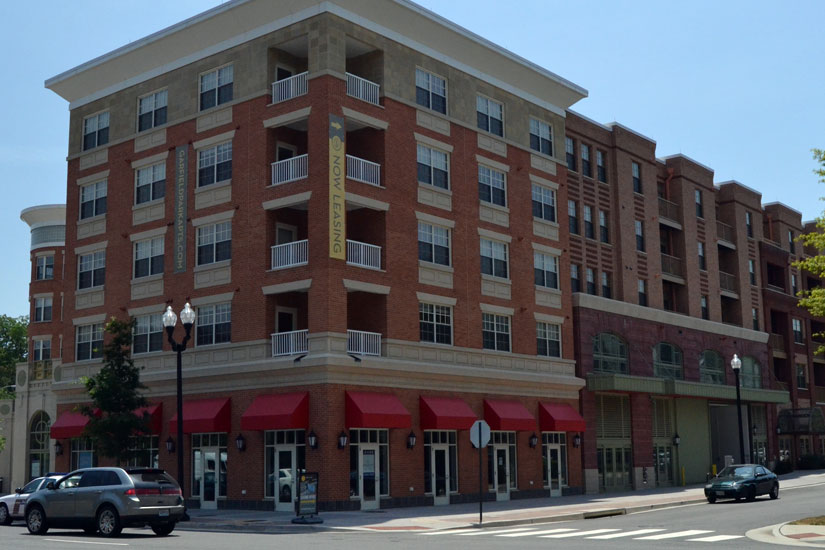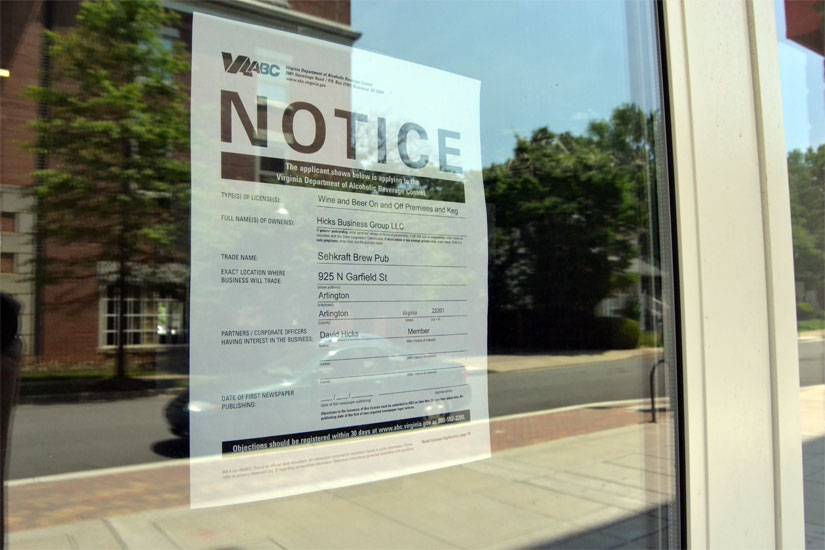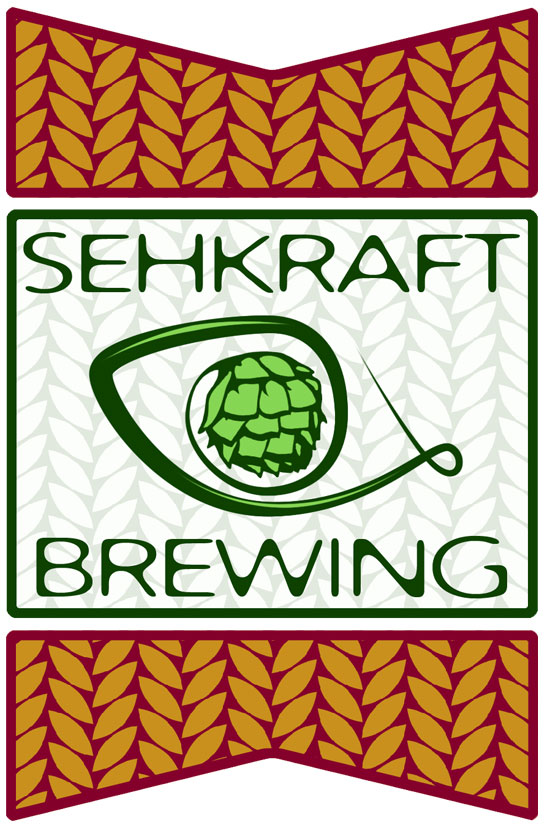
Editor’s Note: This sponsored column is written by Nick Anderson, beermonger at Arrowine (4508 Lee Highway).
One of my favorite aspects of the “craft beer movement” has always been the “anything goes” attitude that permeates through so much of it. For all of the recipes that hew close to tradition, at the end of the day the cardinal rule of beer amounts to “Is it good? Then shut up and drink it.”
I say that so that you know for certain that I am not coming from the perspective of a purist over the new couple of paragraphs as I explain why breweries should use or not use certain words on their labels, or at least take those words into greater consideration.
While I’m not a purist when it comes to beer, I am a bit of a zealot when it comes to words. Words mean things; they have power, and more than a couple of times this year I’ve seen words alter the expectations and experiences people have had with beers.
The most prominent example of this is likely the “Session IPA” phenomenon. Using those words in tandem raises expectations of IPA drinkers, giving them an excuse not to enjoy them (“It’s not an IPA, it’s only ___ percent ABV, and it’s not that hoppy…”) while also implying somehow that Session Ale is somehow “lesser;” not worthwhile. “Session Pale Ales” or “Hoppy Session Ales” would be more accurate, but slapping “IPA” on a label makes a beer easier to sell — or so they say. Marketing wins again, I guess.
Other times, a beer can completely miss its potential audience because of how it’s presented. Twice this year alone, I’ve tried beers labeled as “Sour” (one with the word in its name) that seemed to “miss” with beer fans for different reasons. In one case, the beer was much more a Wild Ale, with a heavy focus on the funky, fruity Brettanomyces wild yeast characteristics. Labeled a “Wild Ale”, that beer would have not only been sought out by fans of Brett beers, but not made promises to Sour fans that it couldn’t keep.
In the case of the second beer, while it was indeed a Sour Ale, it was one where the acidity was muted for the sake of harmony with other elements of the beer (barrel-aging, specifically). Like it or not, in today’s beer environment the word “Sour” carries expectations of highly tart, acidic beers — and with the word “Sour” in its name, some letdown was inevitable.
Combine a slightly different name with a bit of explanation on the label and in your press materials, and suddenly you have a beer that is interesting not only to Sour Ale fans (who now can be pleasantly surprised by how much they enjoyed something so subtly sour) but fans of barrel-aged beers in general, who might have found a new interest thanks to the intriguing bit of acidity racing through the beer.
As annoying as it can be to think about, when you name a beer or put a descriptor on its label, you are quite literally “branding” it. It’s one thing to have aspirations of filling a market niche — or, in the most rare cases, creating one — but you cannot turn a beer into something it’s not through mere insistence. Care must be taken to avoid watchwords that create expectations; there are so many beers out there now — there’s no excuse for shooting yourself in the foot by creating opportunities for people to dismiss your product.
If you’re embracing those watchwords? Well, the beer better damn well live up to the expectations of the devotees of that specific style. Remember, words mean things; don’t just throw them out there.
Enough about that, let’s get to the fun stuff:
What I’ve Been Drinking This Week
It’s been a while, but I haven’t been taking time away from trying new things — I’ve just been pressed for time to take notes on them. Here are the impressions I’ve gotten from a couple of recent releases: (more…)





